Here on Visit Italy we have already written about Venice, its lagoon, and museums.
We have given you advice on where to sleep or on the 10 must-see things to do in this wonderful city.
In this article we propose you an itinerary tested by our editors and ready-to use including the best things to see in Venice in 3 days. Ready to go?
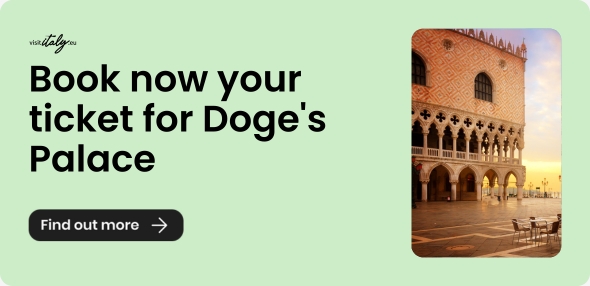
Things to see in Venice in 3 days
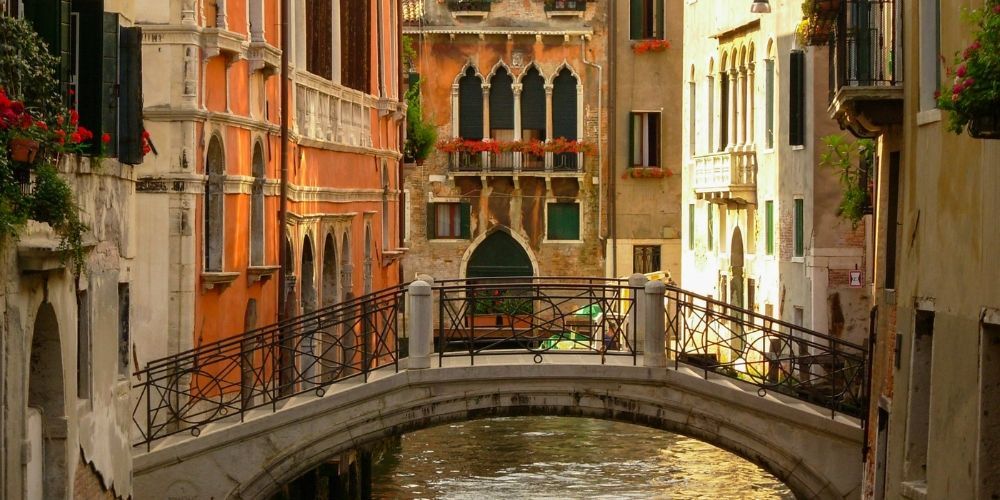
We have put together an itinerary highlighting the best things to see in Venice in 3 days.
Canals, bridges, sestieri: Venice is a city that should certainly be toured on foot. However, it may also be necessary to know how to get around by public transportation, which here in Venice is really special.
Keep in mind that you cannot use any private vehicle. If you are arriving by train, you can take it easy and enjoy the whole trip to Venice Santa Lucia station.
If, on the other hand, you are thinking of arriving in the city by car, we recommend that you leave it in one of the car park areas just outside the entrance to the city, in Mestre or in Piazzale Roma. From there you can take one of the many vaporettos, buses, or ferries that transport visitors and depart for the centre of Venice every 30 minutes.
If you want to visit Venice in an authentic way and are looking for a tour that allows you to fully enjoy all the experiences the city has to offer, we highly recommend our Venice Pass, the 1-day digital pass that will make you experience Venice like a local.
Get your Venice PassDay 1: a journey into a postcard Venice
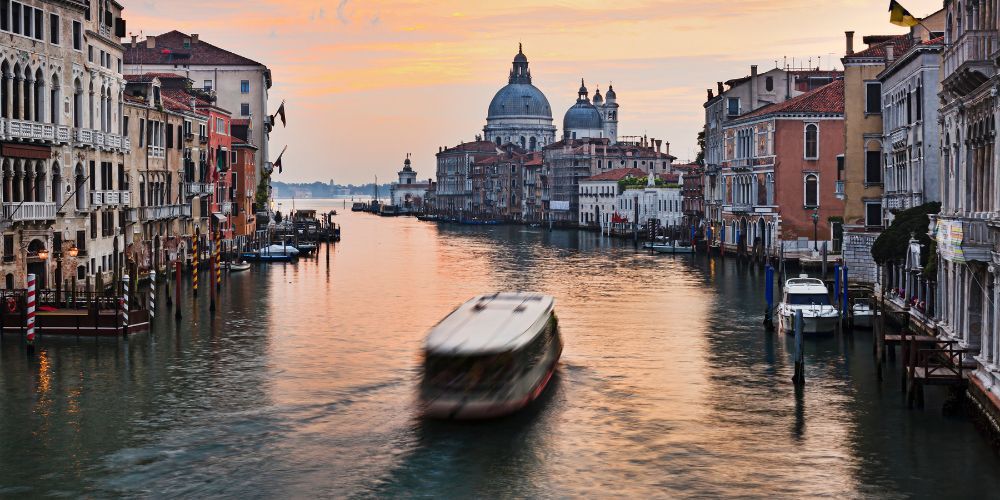
Visiting Venice in 3 days is not easy.
In this guide we have selected - and it wasn't simple - just a few of the attractions of the marvellous Venetian city, in order to give you a smart itinerary that allows you to enjoy the beauty of Venice as much as possible.
We start with the St Mark's Square complex, which is divided into: Basilica, Campanile, Terrazze and Palazzo Ducale.
The tour of these four Venetian architectural beauties takes about three hours, and the convenience is that they are all located in the same square. Have a look at ou definitive guide to the Gothic jewel of the Lagoon, you can't miss it!
After your visit, we recommend having a coffee and a pastry at Caffè Florian, a historic 18th-century café located right next to Correr Museum, a museum of Venetian art and antiquities.
If you are an enthusiast, or if you are simply curious about the visit, we suggest you drop in! Just behind the square, you will find the Bridge of Sighs.
This Baroque-style bridge connects the Doge's Palace to the Prigioni Nuove: it was the passage used by inmates in the prisons to get to the inquisitors' offices.
Legend has it that at the time of the Serenissima Republic of Venice - 17th century - prisoners crossed the bridge sighing for the last time before their sentence.
After lunch you can choose: a stroll through the Giardini Reali, dating back to Napoleon's time and restored in 2020. Not far from the S. Marco waterbus stop, they are one of the city's green areas overlooking the water.
Or you could visit to the Acqua Alta Bookshop, photographed by tourists from all over the world, is truly a Venice gem. Inside, you can find old, new, used and unobtainable elsewhere, or antique volumes.
This is one of our favourite places in Venice, not least because its owner is always ready to provide useful tips on the city and the dishes of the day from nearby restaurants.
Now a walk through the calli to the Rialto Bridge, only 10 minutes from both the places we have just recommended you see.
This is the oldest of the four bridges spanning the Grand Canal, inaugurated in 1591 but some documents claim it already existed - in the form of a floating bridge - from the second half of the 12th century. This was the site of the ancient mint of Venice.
After crossing the bridge, all that remains is to head for one of the many bacari you will find on your way. A Bacaro (or Bacareto) is a type of Venetian tavern where wines are served by the glass and 'cicheti', snacks in small portions that can be consumed as aperitifs, snacks, or after dinner.
The Venetians have the custom of organising 'Bacaro tours' in which they go around Venice and its osterias in one day drinking, eating and laughing with friends. If you are already tired of a classic tourist tour and want to experience a part of your 3 days in Venice like a true local, this is a good idea!
Book boat transfer to/from Venice airportDay 2: uncovering Venice’s art side
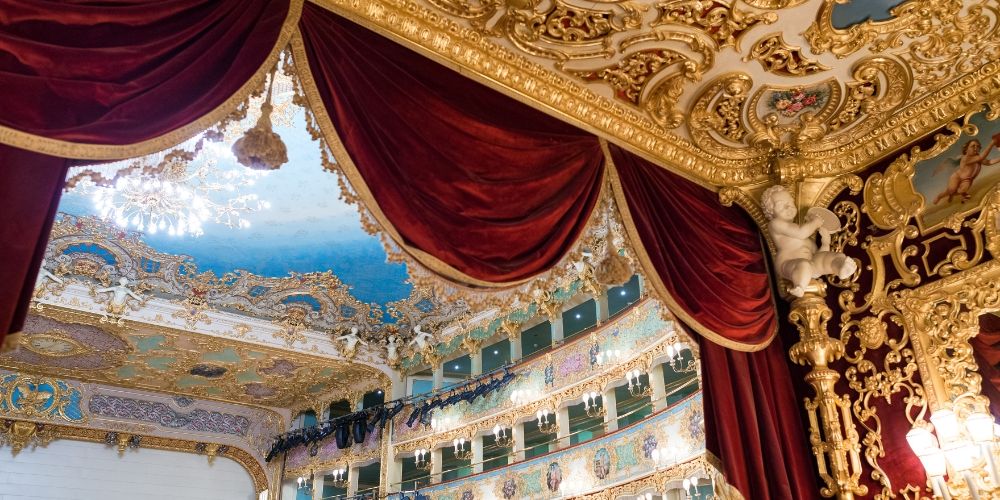
The second day's morning begins at one of the top things to see in Venice in 3 days: La Biennale.
Founded in 1895, it is a cultural foundation that promotes artistic trends by organising international events for art, architecture, music, cinema, theatre and dance.
In addition to the Biennale del Cinema, for which every summer the Lido fills up with actors and directors and insiders who make the city more chic than it already is, every two years, Venice hosts the Art and Architecture Biennial in the Giardini (sestiere di Castello).
From April to November, it is possible to visit the pavilions that host artists from all over the world and for whom the curious flock from all over the world. We believe that a trip to the Venice Biennale is a must.
Alternatively, you could visit the Peggy Guggenheim Collection in Palazzo Venier dei Leoni, one of Italy's leading museums of European and American art. Inside you will also find a great cafeteria for your breakfast.
As the afternoon approaches, head to the Basilica di Santa Maria della Salute, consecrated in 1687 and one of the greatest expressions of Palladio's designs. The Virgin Mary is one of the city's patron saints and this church represents the Venetians' gratitude for having freed them from the plague.
The Accademia di Belle Arti di Venezia was founded on the site of the Ospedale degli Incurabili. Many masters of art and architecture have taught and first attended here.
Walk to the Gallerie dell'Accademia, named after the university and where works of art were acquired for restoration from the beginning.
Our three-day itinerary in Venice continues. Cross the Ponte dell'Accademia bridge and head for Teatro La Fenice. Venice’s opera house is one of the most prestigious in the world.
The famous New Year's Concert is held here every year, with tickets getting sold out months in advance. This esteemed theatre has been home to many premieres of prominent names, including Verdi, Bellini, Stravinsky, Rossini, Kagel and many others.
Check out the upcoming scheduled events and get inspired: it's a perfect way to end the evening on a high note.
Book entrance Biennale di VeneziaDay 3: Getting lost in the liveliest streets of Venice
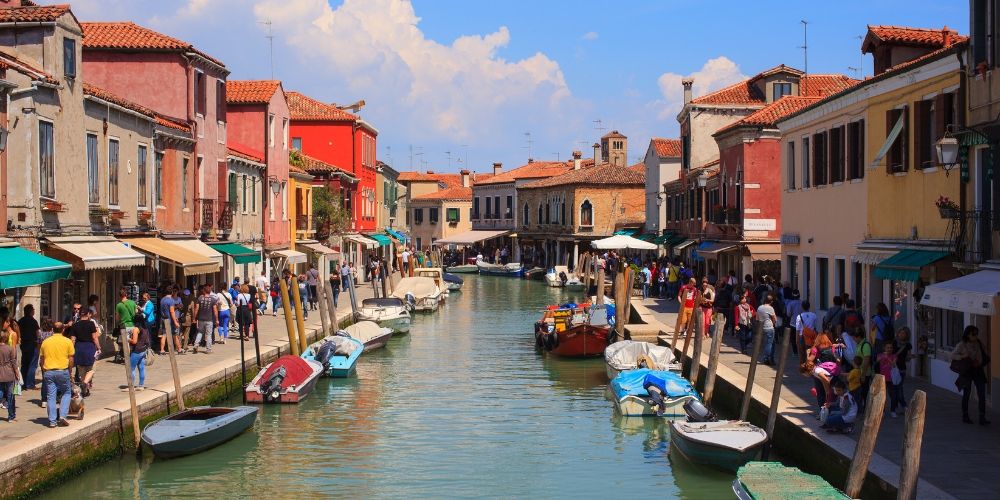
Visiting Venice in 3 days has been a fun and interesting experience. We have finally reached the last leg of our journey and it’s time to slow down.
Now that you are familiar with all the colours of the city, let’s get lost in its streets and meet the vibrant Venetian atmosphere.
The Jewish Ghetto will be your first stop. It is one of the most important in Europe and the centre of Venice's Jewish community since 1516. The district is home to numerous synagogues.
Take a walk in the Cannaregio sestiere, crossed by the Guglie and Tre Archi bridges, the only three-arched bridge left in Venice.
Just from Guglie you should take the vaporetto that will take you to the Murano in the Venice Lagoon. Its islands are connected by bridges, so it will be easy for you to juggle from one to the other in search of the piece of glass that suits you best.
Stay until sunset, as it is one of the best places to watch the beautiful evening sky.
Now you've discovered the best things to see in Venice in three days, all that's left to do is bid the city farewell with a final toast.
If you can put off your departure for a few hours, head to Erbaria, near Rialto Bridge. The area has tons of clubs frequented by locals and tourists alike and is crowded from aperitif time to after dinner. It is the perfect place to say arrivederci.
Book wine tasting in VeniceAbout the author
Written on 12/06/2023

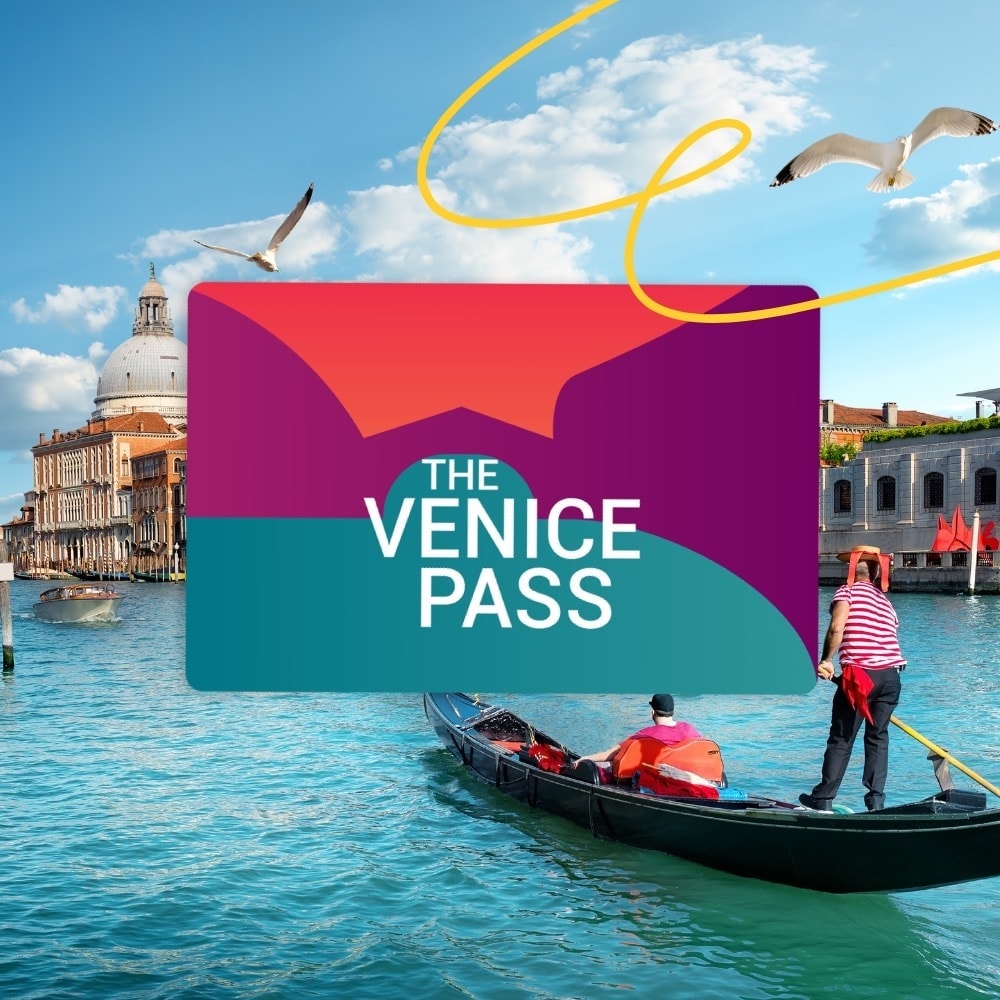
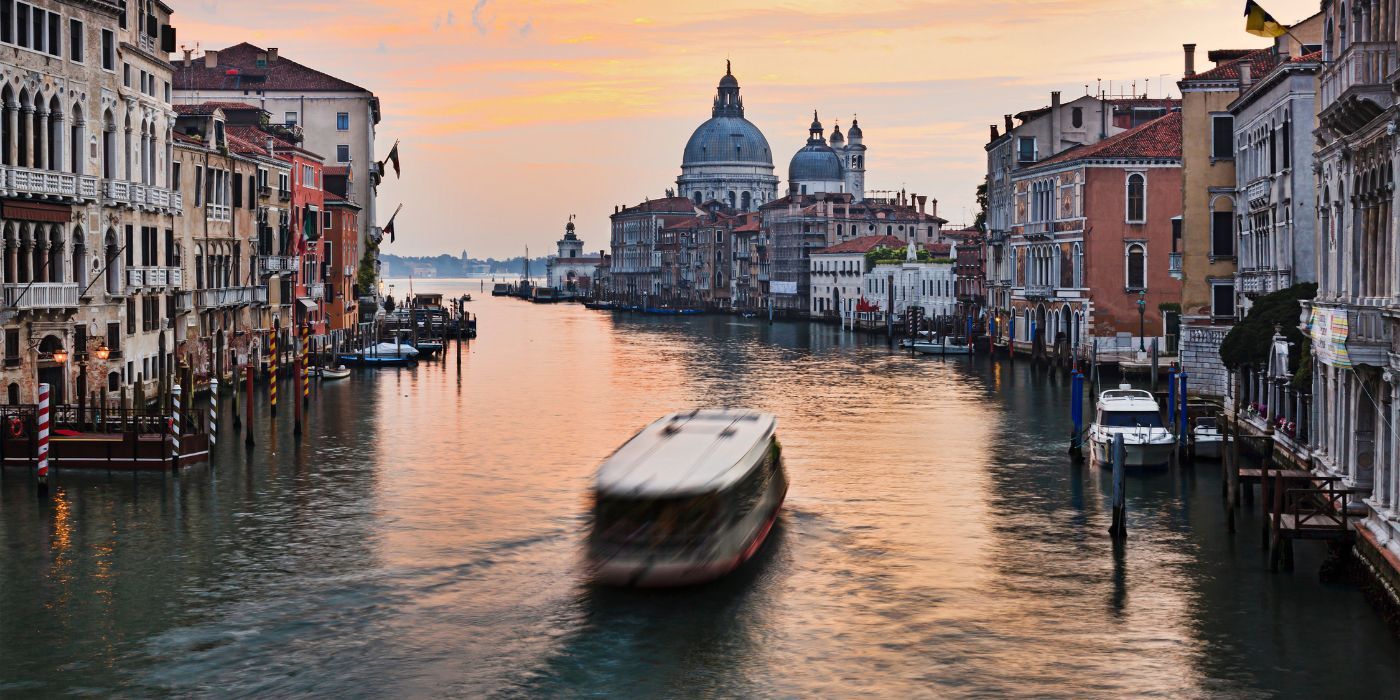

Alessia Vitalone
Discover with us an itinerary of things to see in Venice in 3 days: how to get there and what to visit. A ready-to use guide to the city of dreams.